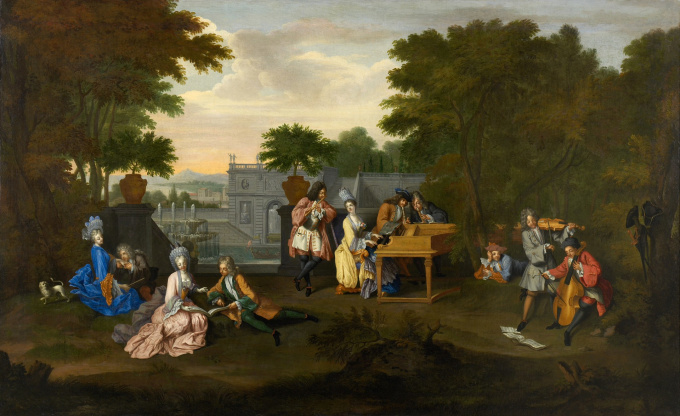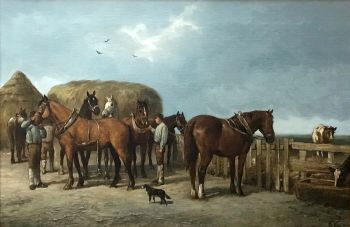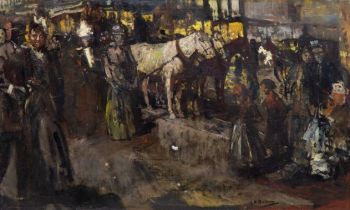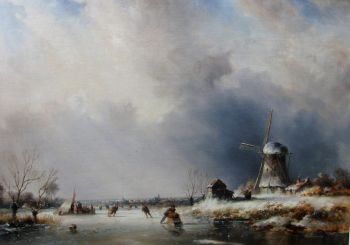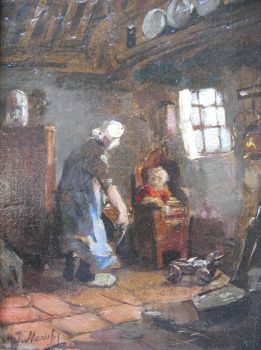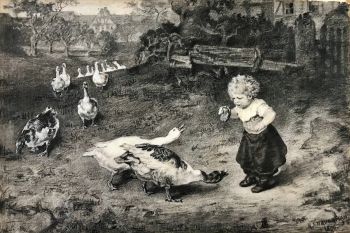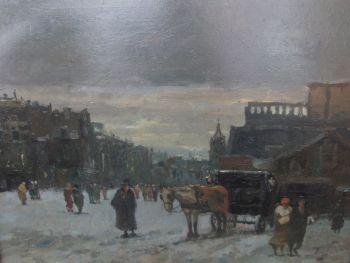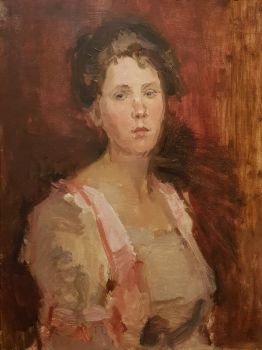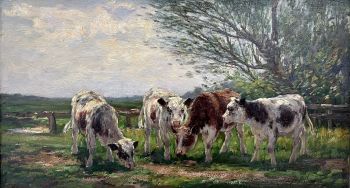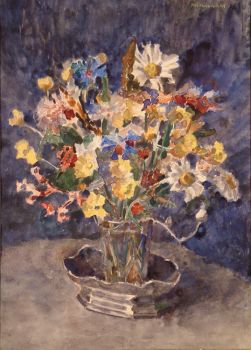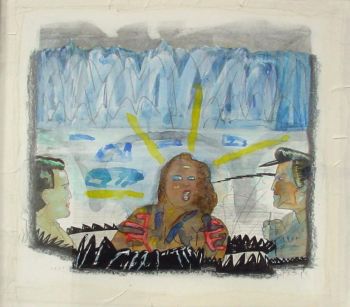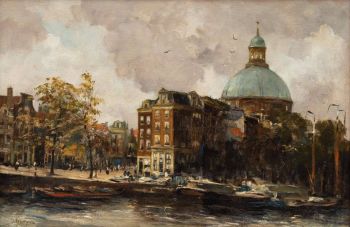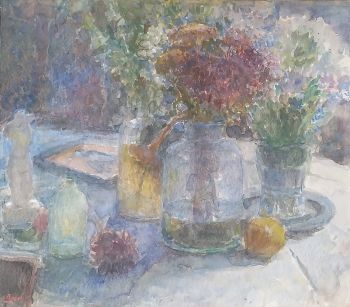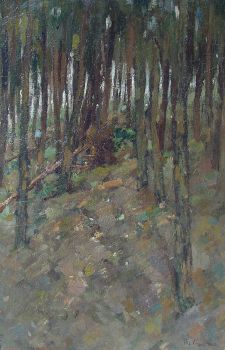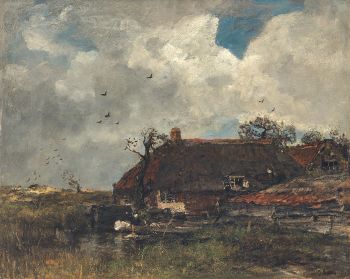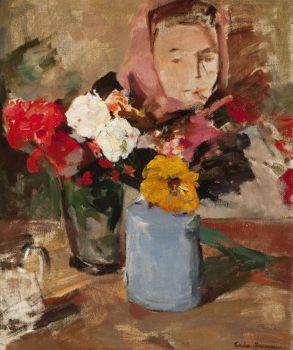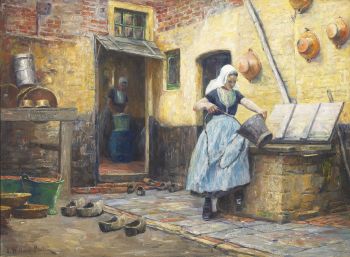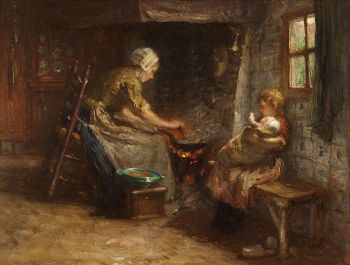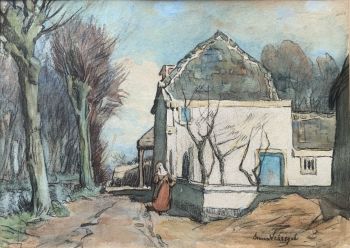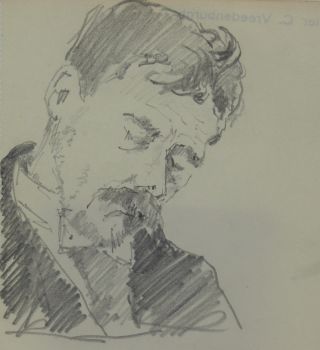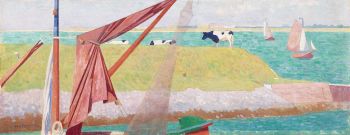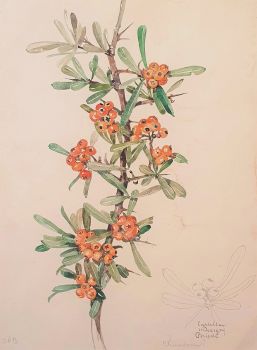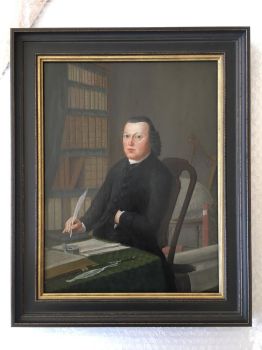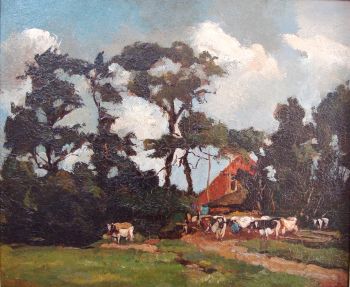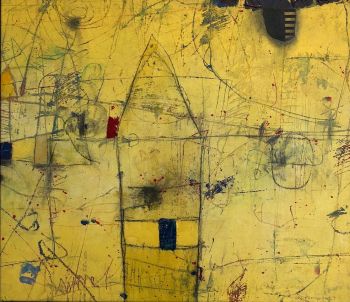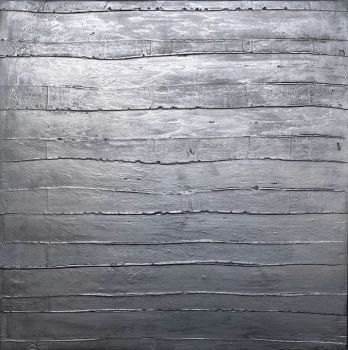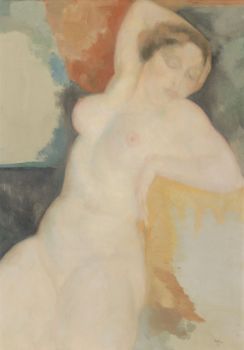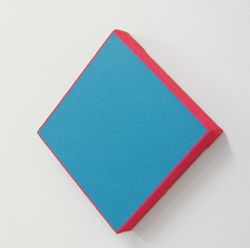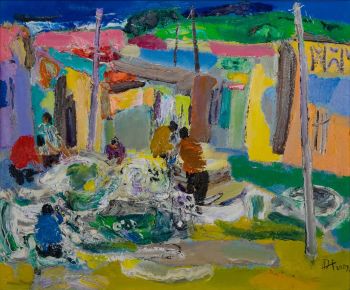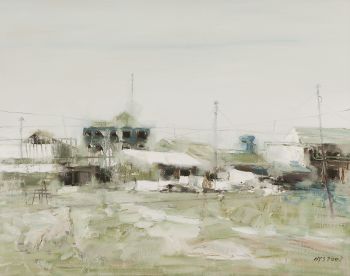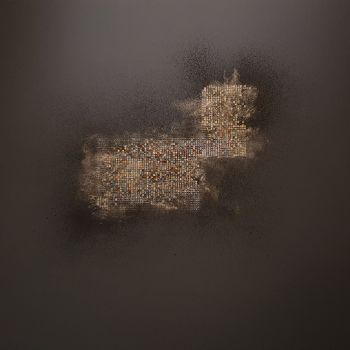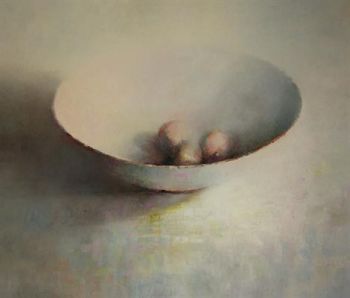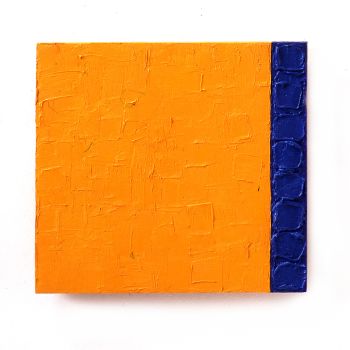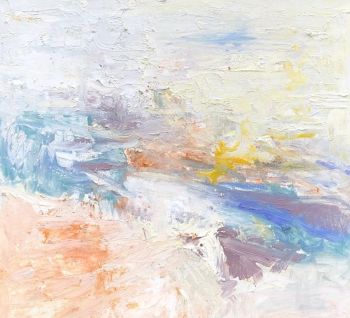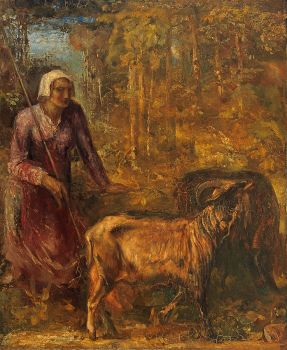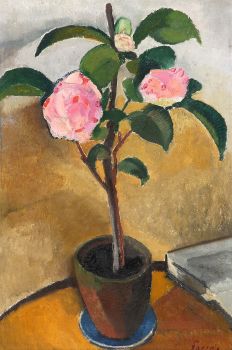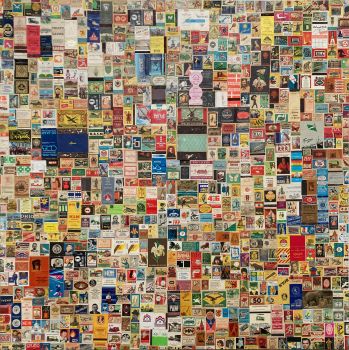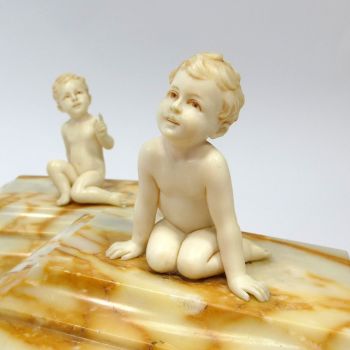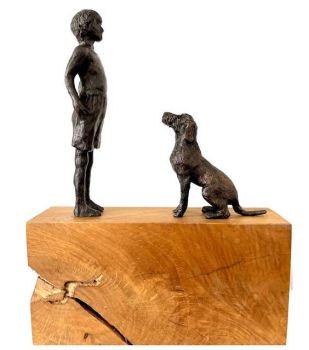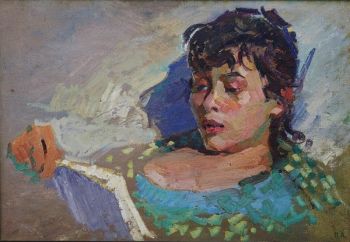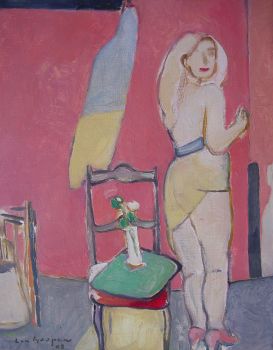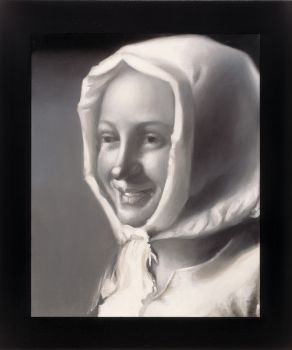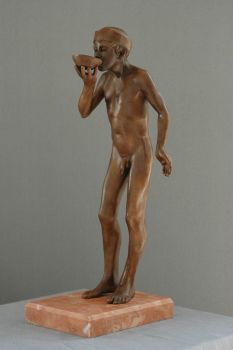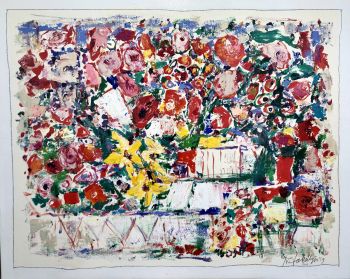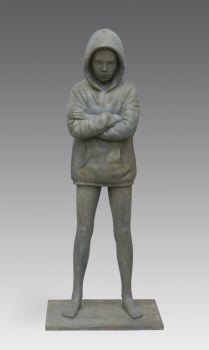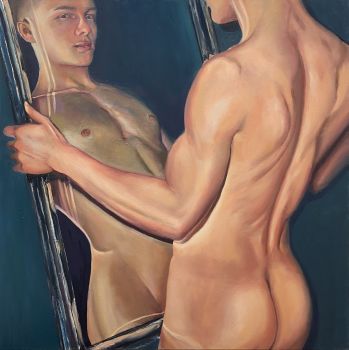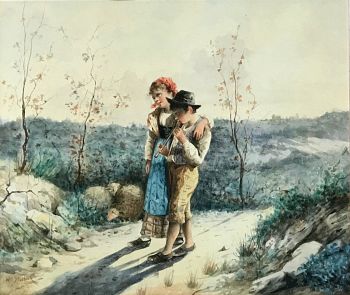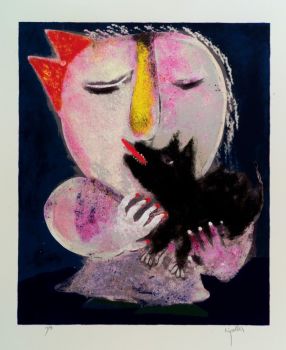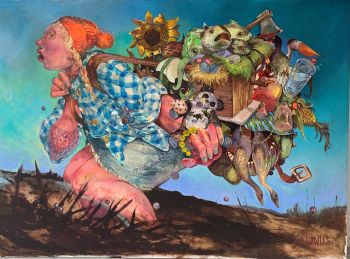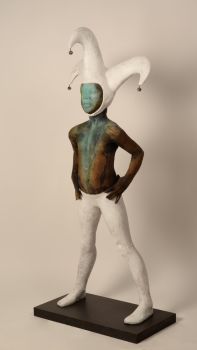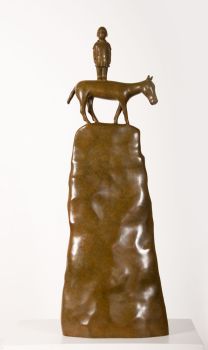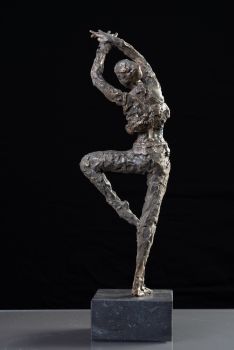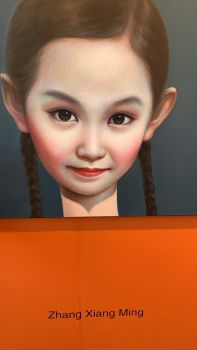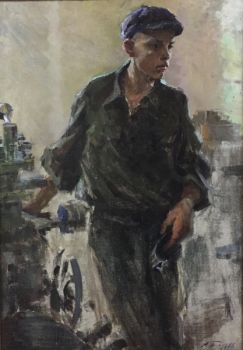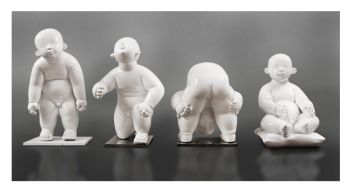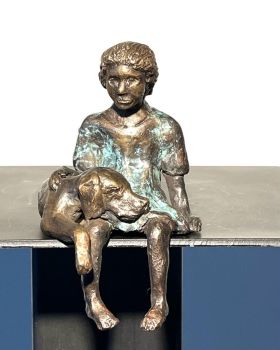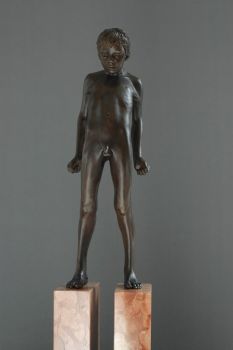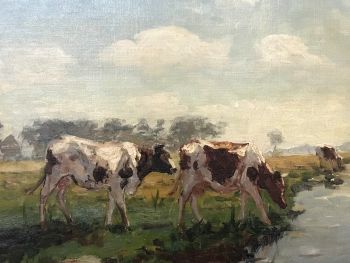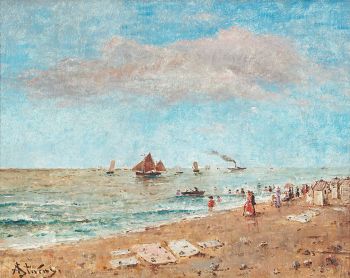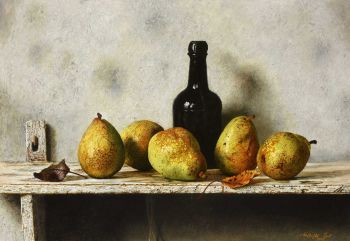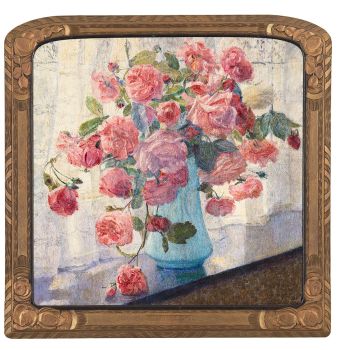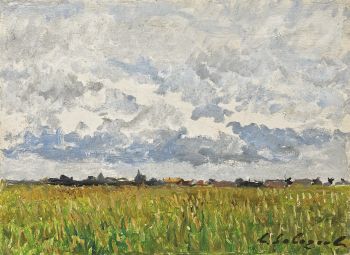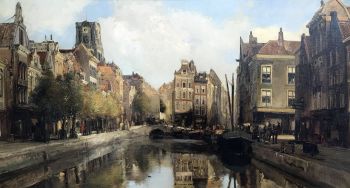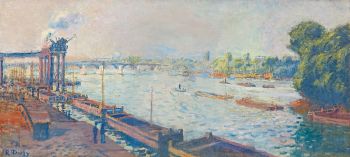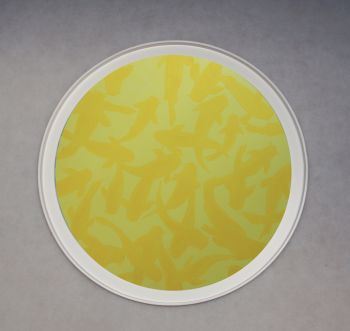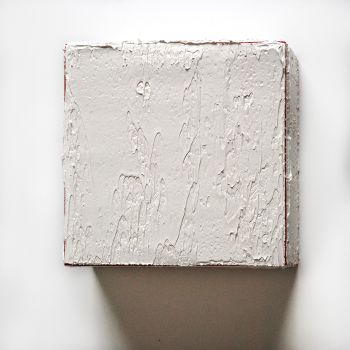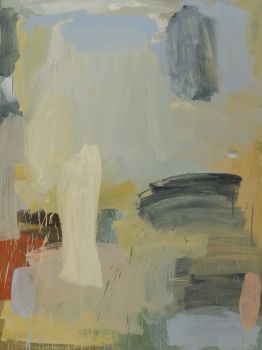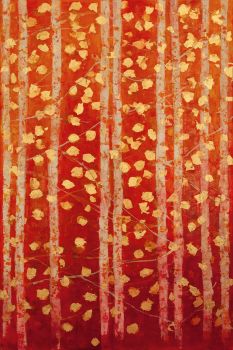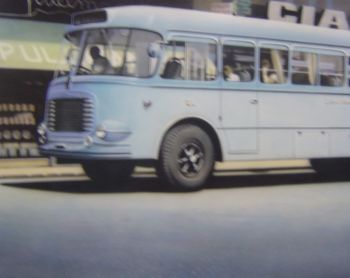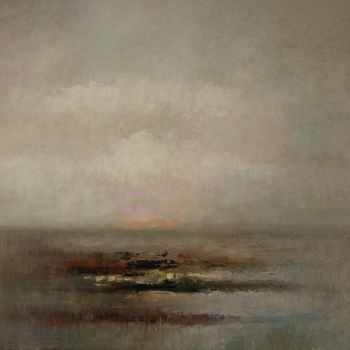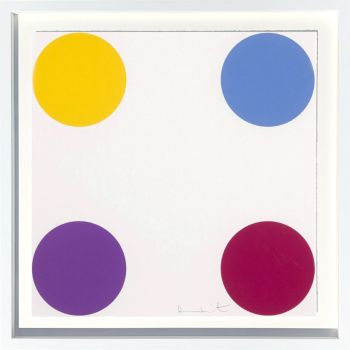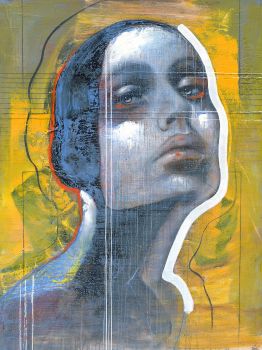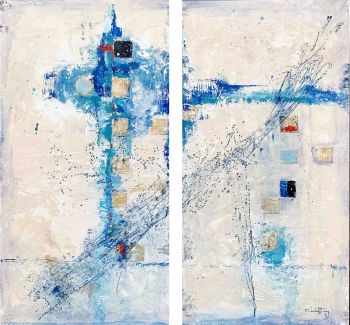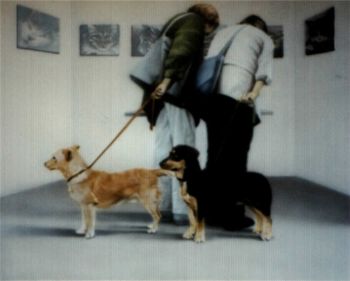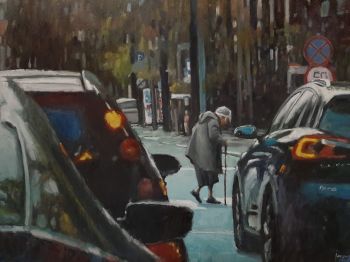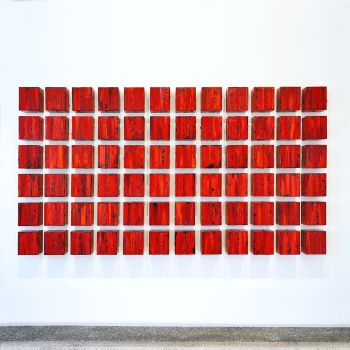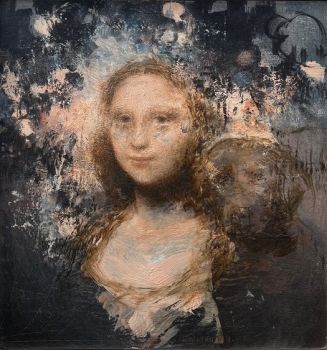Concert Champêtre 1710
Bernard Picart
TelaPittura a olioDipingere
91 ⨯ 147 cm
Attualmente non disponibile tramite Gallerease
- A proposito di opere d'arteThe French painter and engraver Bernard Picart (1673-1733) was foremostly famous for his prints. Paintings of his hand are rare. In 1710 the artist moved to Holland, where at first he lives in The Hague and from 1711 on in Amsterdam. Here he continued his career as an illustrator.
The subject of this painting was derived of one of Picart’s own prints. This print was signed: Inventé et gravé par B. Picart, and was one of a series of three that had the elegant joy of rural life as subject. The specific print that was used for this painting was accompanied by a poem:
A l’ombre des bosquets dans un beau jour d’Eté
Cette agréable Campagnie
Goute le doux plaisir que donne l’harmonie
Lorsque tout est bien concerté
Mais parmi les attraits d’une belle musique
Ou de Baptiste Ou de Lambert
L’amour tient sa partie et très souvent se piqué
De faire que deux coeurs soupirent de concert.
The series, of which this ‘Concert Champêtre’ was part, belongs to the so called ‘Fêtes Galantes’, the elegant parties where lavishly dressed men and women enjoy themselves in a landscape. In elegant poses, they make music, read, make poetry and court. The origin of this theme is to be found in the Italian art of the 16th century. Painters like Titian and Giorgione are known to have made similar depictions.
Picart picked this theme up in a contemporary manner of the early eighteenth century. He followed on to the Parisien fashion to go out in the country in the company of elegantly dressed friends, far from the bustle of the city. Picart thus created a new theme, ten years before Antoine Watteau started to paint similar galant companionships that made him famous as the master of the ‘Fêtes Galantes’. - A proposito di opere artistaL'illustratore Bernard Picart (1673-1733) era un calvinista francese costretto a trasferirsi nei Paesi Bassi in seguito alla revoca dell'Editto di Nantes nel 1685. Tra il 1723 e il 1737 collaborò con l'editore Jean-Frédéric Bernard per produrre Cérémonies et coutumes religieuses de tous les peuples du monde. Fu presto tradotto in inglese e apparve in numerose edizioni nel secolo successivo. Questa documentazione enciclopedica delle religioni comparate esemplifica il progetto illuministico di classificazione. Nella sezione sull'ebraismo, le illustrazioni di Picart raffiguravano principalmente la ricca comunità sefardita di Amsterdam. Sebbene la maggior parte della popolazione ebraica in Olanda fosse ashkenazita, essendo emigrata dalla Germania e più a est, il lavoro di Picart si concentra quasi esclusivamente su quegli ebrei il cui aspetto sarebbe stato più familiare a un pubblico cristiano. Le stampe di Picart hanno stabilito per secoli il modo convenzionale di rappresentare le usanze ebraiche. La loro reinterpretazione nei libri del XIX secolo e nelle cartoline del XX secolo attesta la perdurante popolarità e l'influenza delle sue immagini.
Artwork details
Categoria
Soggetto
Stile
Materiale e Tecnica
Colore
Related artworks
 A cura di
A cura diDanny Bree
Herman Bogman jr.
Flower still life of a nasturtium in a blue vase1950 - 1965
Prezzo su richiestaAdelwein Kunst
Rudolf de Bruyn Ouboter
Flower vase in a silver contoured tray1940 - 1950
Prezzo su richiestaAdelwein Kunst
Coba Ritsema
Two vases with flowers and a portrait1900 - 1950
Prezzo su richiestaKunsthandel Pygmalion
Valentine Willaert Fontan
ZEEUWSE MEISJES BIJ DE WATERPUT1892 - 1939
Prezzo su richiestaGalerie Het Noorderlicht
Bernardus Johannes Blommers
Het bereiden van de maaltijd1870 - 1914
Prezzo su richiestaStudio 2000 Art Gallery
1 - 4 / 24Dutch School
Arrivo di un uomo delle Indie orientali olandesi a Table Bay18th century
Prezzo su richiestaZebregs & Röell - Fine Art - Antiques
1 - 4 / 24- 1 - 4 / 24
Alfred Stevens
ZEEGEZICHT MET ZEILSCHEPEN, STOOMBOTEN EN FIGUREN1823 - 1906
Prezzo su richiestaGalerie Het Noorderlicht
1 - 4 / 24

